Flange is one of the most common connectors in the pipeline system. The selection of its material and manufacturing process directly affects the safety, reliability and economy of the pipeline system. Although ASTM A105 forged flange and cast flange belong to the category of carbon steel flange, there are significant differences in material nature, standard system and application scope. Understanding these basic differences is a prerequisite for the correct selection and use of flanges.
An ASTM A105 forged flange is a high-strength flange manufactured from carbon steel through a forging process. ASTM A105 is the standard specification for carbon steel forgings used in piping components for ambient and high-temperature service.
What Is a Cast Flange?
A cast flange is made by pouring molten steel into a mold that shapes it into the desired form. Once solidified, the casting is removed, cleaned, and machined to final specifications.
While casting allows for cost-effective mass production, it can introduce defects such as porosity, inclusions, or shrinkage cavities. These flaws may weaken the final product and increase the risk of failure under stress or pressure.
ASTM A105 Forged Flange
An ASTM A105 forged flange is a high-strength flange manufactured from carbon steel through a forging process. ASTM A105 is the standard specification for carbon steel forgings used in piping components for ambient and high-temperature service.Forging involves heating a solid steel billet and shaping it through mechanical pressure. This process aligns the grain structure and removes internal voids, resulting in a dense, uniform product with enhanced mechanical strength, fatigue resistance, and durability.

What is the difference between A105 forged flange and cast flange?
1. Differences in manufacturing process and organization
Forged flanges are made by applying plastic deformation to continuous casting round billets or ingots at high temperatures to form continuous streamlines inside the metal and significantly refine the grains. It has a dense organization, few defects, and excellent fatigue resistance. Cast flanges are cast by molten steel casting. Although complex structures can be achieved, they are often accompanied by defects such as pores, inclusions, and dendrite segregation. The material is highly anisotropic and the mechanical properties fluctuate greatly.
2. Heat treatment and microstructure
A105 forged flanges are mostly treated by normalizing or quenching and tempering to obtain a fine and uniform ferrite-pearlite organization with a grain size of generally 5-8. Cast flanges are mostly only annealed, with coarse grains, common pearlite unevenness and inclusion aggregation, and the microstructure is obviously not as stable as forgings.
3. Comparison of mechanical properties
The tensile strength of forged flanges is usually 480-580MPa, the yield strength is 280-350MPa, and the fatigue life exceeds 80,000 hours, which is much better than the 20,000-30,000 hours of cast flanges. At the same time, forged products have high dimensional accuracy, low surface roughness, better sealing effect, and are suitable for high temperature and high pressure occasions. Cast flanges are more suitable for low-pressure and normal temperature systems, such as municipal water supply, ventilation and exhaust, etc.
4. Application recommendations and selection guide
In conventional systems of Class 300 and below and DN400 and below, forged flanges are slightly more expensive, but with longer life and lower maintenance costs, they are more economical throughout the life cycle. In high temperature and high pressure, strong vibration or low temperature environments, it is recommended to give priority to A105 forged flanges. In low-pressure and large-caliber (such as above DN600) or complex shapes, cast flanges have cost advantages.






 English
English Español
Español بالعربية
بالعربية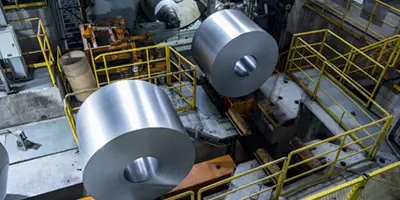

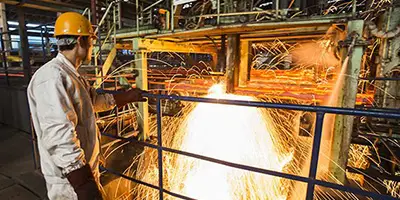
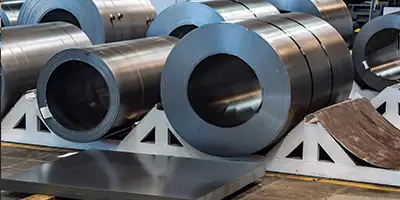

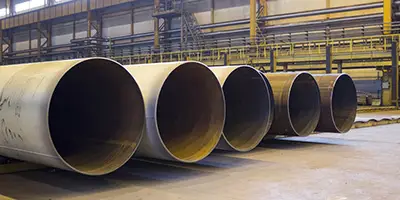
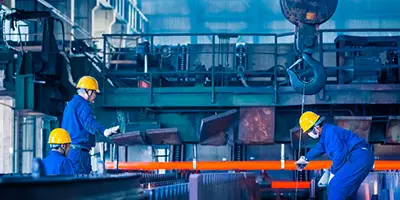
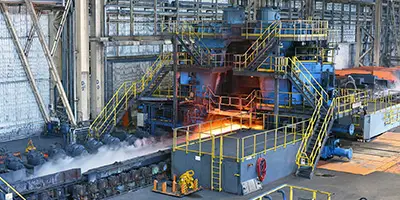
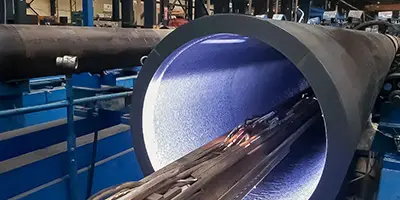
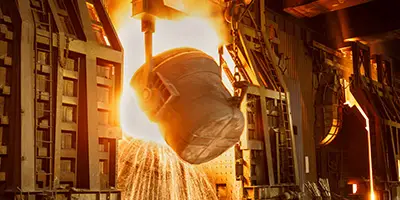
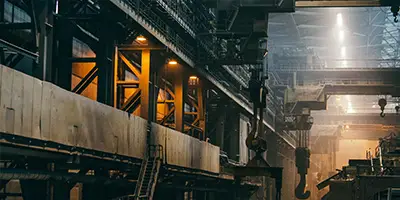

 Phone :
Phone :  Whatsapp :
Whatsapp :  Email :
Email : 


